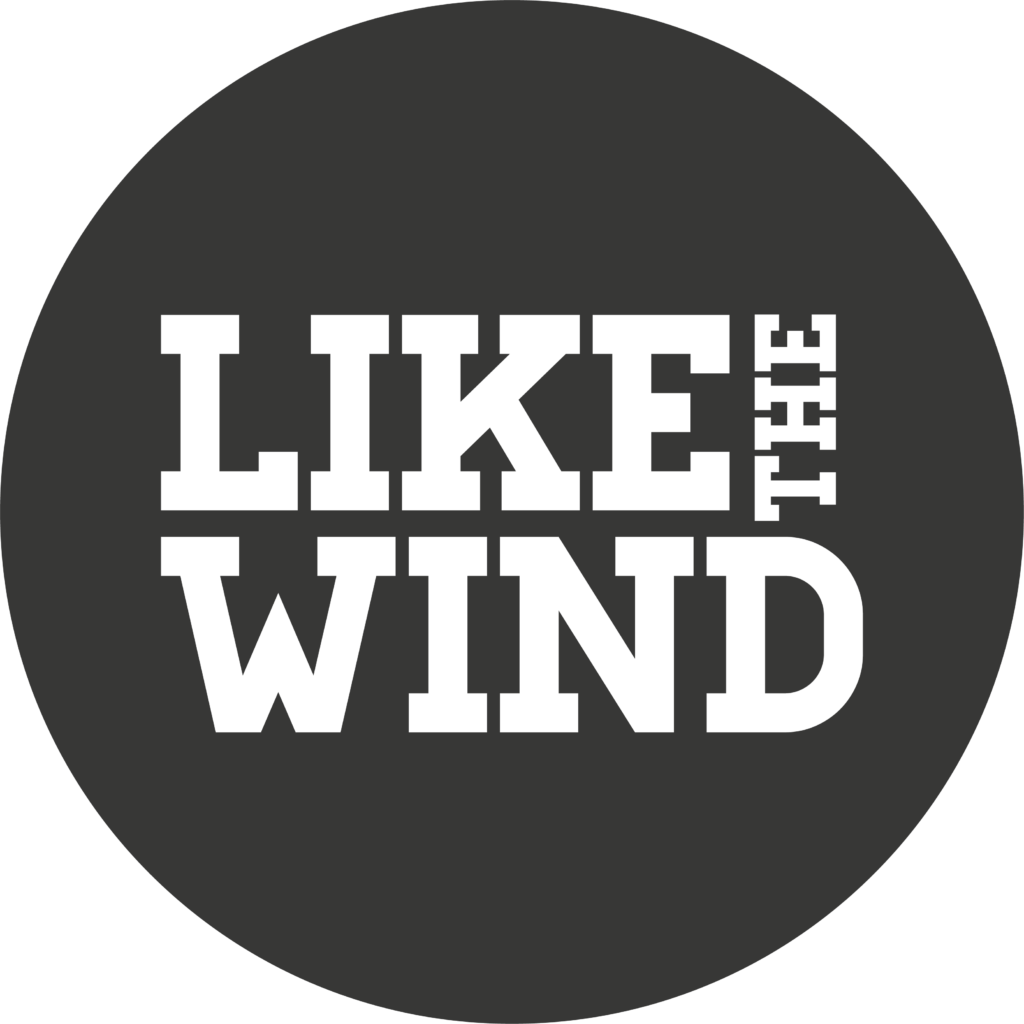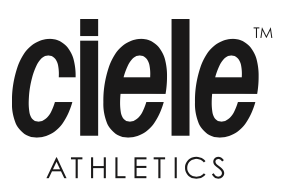WORDS BY LIKE THE WIND – PHOTOGRAPHY, SEE CAPTIONS
Boston, Massachusetts. The century-old Longfellow Bridge that spans the Charles River, the first of its kind to connect Cambridge and Boston, is 650m of transportation choreography at its finest: a ceaseless ballet of pedestrians, cyclists, motorists and commuter trains. In total, the city estimates that more than 125,000 people cross the bridge on a daily basis.
Far fewer people pass under the bridge. But you can do so on foot, provided the poorly lit paths and their trash-strewn margins don’t give you pause. If you know where you’re going, though, and what you’re looking for, you can find on the underside of the bridge’s north end a most spectacular – and unlikely – assortment of sports souvenirs. The collection has arisen spontaneously over the past few decades as thousands of local honourees have added, unbidden, to the most informal and unorganised of trophy cases.
Perched on the I-beams that undergird that section of the bridge are skating prizes and track awards, individual performance plaques and team honours – even a downsized replica of ice hockey’s Stanley Cup. Thousands of beribboned finisher’s medals hang from a horizontal pipe: a Technicolor gallery of accomplishment. A pair of nearly new super shoes nod to some recent runner’s breakthrough race. Trophies are lined up on the sidewalk and tucked into the crevices between the massive stone blocks of the abutment. Some are decades old. Others were earned last week.
No one knows for sure how the underbelly of the colloquially known “Salt and Pepper Bridge” became home to the Hub’s makeshift sports museum. It’s as if Greater Boston’s best took their fleeting moments of glory, their 15 seconds of collective fame, and said to the city: Here, this is for you.”
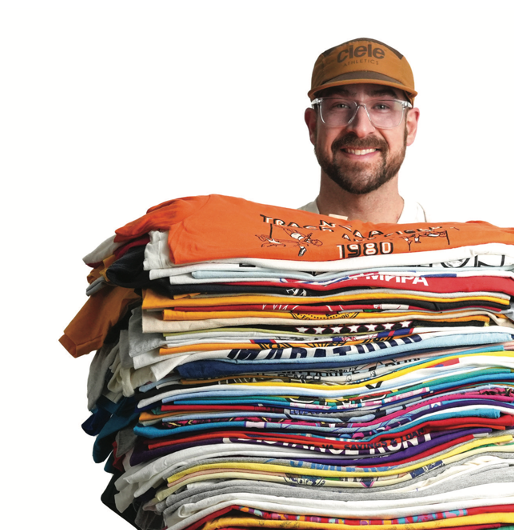
Randy Hogg and his collection
And in that communal gesture is the kernel of what makes every collection valuable: the fact that it is intention made tangible. No one collects by accident. Collections are our human proof that we are here and we are paying attention. They’re our defence against forgetting who we are, where we’ve been and what we’ve accomplished. The very word “souvenir”, those little gems we gather on our travels and pack home to gift or to keep, means “memory” in French.
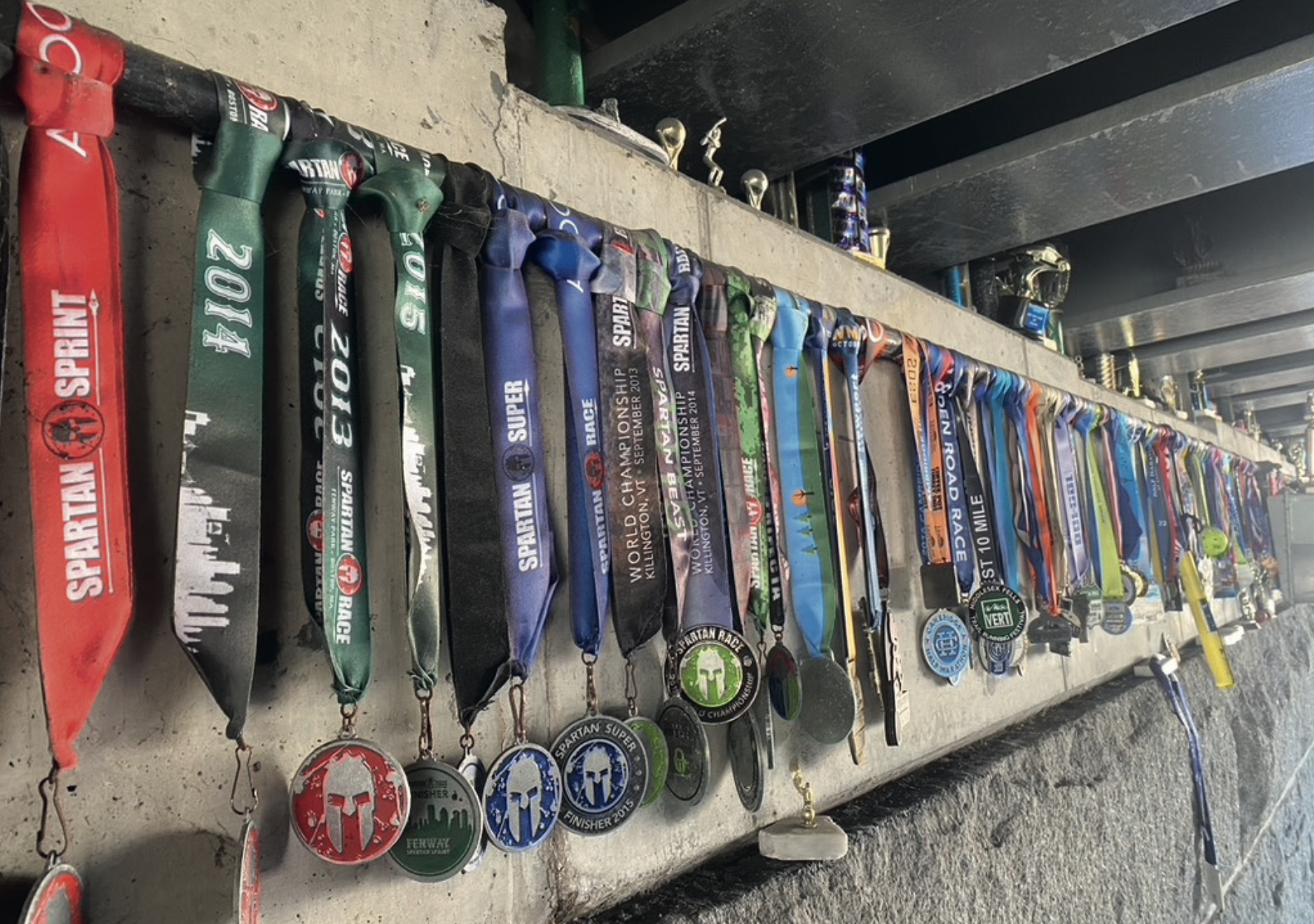
Mementoes under the Longfellow Bridge (photography by Amory Rowe Salem)
And no one is better at remembering – and collecting – than a runner. Runners are the magpies of the sporting world, moving hands-free across the landscape at an interactive pace, empty pockets begging to be filled with proof of our having been there.
Some runners collect spent shoes, others collect data – miles logged, elevation gained – as a bulwark against complacency. “Look here,” say our mountains of compressed foam and our bar graphs of weekly mileage, “and behold my work!”
Still more runners tilt toward the practical. Boston-based Terry McNatt collects race T-shirts and his teammate Jason Goldschmidt collects safety pins. Cambridge Sports Union’s Jon Hunter collects Sam Adams bottle openers from his marathon goodie bags and Neil Martin collects the bags themselves, using them to transport his wet laundry on his daily run-commute to and from the hospital where he works. Ultra runner and Ciele athlete Evan Birch saves the laces from all his old race shoes and turns them into keychains: a conversion of one useful item into another and a noteworthy reminder of runs past.
Ciele FRND Claudia Corona picked up a stone on a 22-miler in her hometown in Mexico a few years back to guard against a pack of neighbourhood dogs that was following her. She kept it – and the habit of rock accumulation – and has collected a stone on every ultra marathon she’s done since. With a nod to the sport’s past, Ciele FRND Randy Hogg has amassed an archive of more than 150 vintage track items from the 1970s, 1980s and 1990s. “Each shirt represents a time and place brimming with sacrifice, success, failure, love of sport and the beauty of the human spirit,” Hogg says. “It’s quite special.”
Photographer, trail runner and Ciele FRND Alexandra Côté-Durrer wanted to be able to recollect her participation in the always-unpredictable Speed Project, a 548km relay race from Santa Monica, California, to Las Vegas, Nevada. So she got a tattoo to commemorate the experience. “[They] were doing free tattoos at a sketchy bar in Las Vegas,” she explains. “And I couldn’t help but get one to celebrate that wild 48 hours in the desert.”
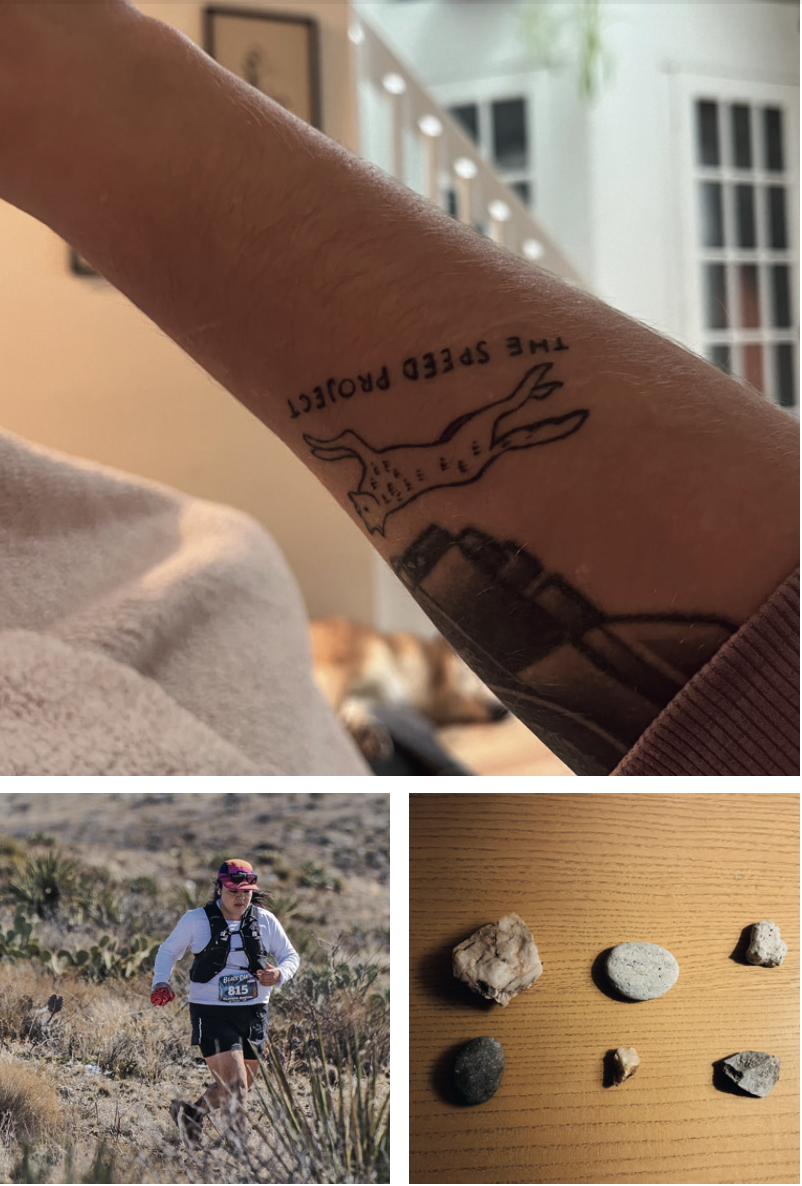
Alexandra Côté-Durrer’s tattoo
Rickey Gates, a member of the Ciele FAM who describes himself as a conceptual runner and includes a trans-America run on his resumé, collects dirt: 230 jam jars full, and counting. Before that, when he was much younger, he collected baseball cards and coins. “It wasn’t about the value of the items,” Gates explains. “It was about seeing stuff from all over the world, holding it in your hand and wondering what the print on the coins say.”
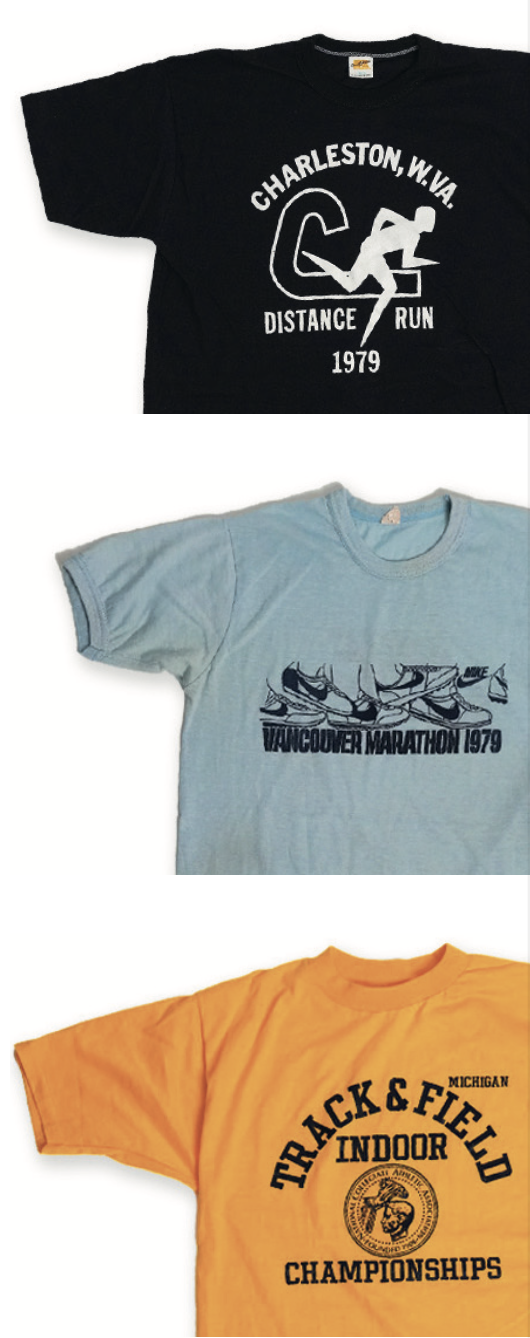
A few of Randy Hogg’s vintage t-shirts
Gates’s father had been a collector of orchids and fountain pens, so growing up, Rickey learned early that most human of instincts: to gather. On his 3,700-mile run across North America in 2017, Gates also collected dozens of discarded nip bottles (miniatures) of Mr Boston vodka and photographs of syringes that had been discarded at roadsides – items no one else wanted. But Gates found learning in other people’s detritus. When the more affordable Mr Boston-brand bottles were replaced by cast-offs of top-shelf liquors, Gates understood that he was moving through a more affluent area based on that metric alone.
Gates found an education in the process of collecting, too. When he first began collecting dirt 20 years ago from venues as far-flung as Slovenia, Spain and Argentina, he’d have to problem-solve how to secure it in his pack and transport it home, where he could place it in a jar alongside his other specimens. Oftentimes he’d try to find a piece of trash – an empty cigarette box or a candy wrapper – that could serve as a temporary house for the sand, soil or scree. It was a meditative practice, an act of paying attention. In turn, he says, his dirt collection reminds me not so much of the place, but of who I was in that place in that moment in time”.
These days, as a father of two young children, Gates says he is “travelling less but more deeply”. While the pace of his dirt- sample collecting may have slowed, he’s still paying exquisite attention to his surroundings, cataloguing with a camera his street-level observations of his hometown of Santa Fe, New Mexico, and other cities where he’s been fortunate to spend time. In Mexico City he’s photographed vivid piles of spent jacaranda blossoms swept up kerbside and ready for trash collection. And he’s been taking note of graffiti: sprawling mural tags, as well as smaller bits of work that could almost go unnoticed.
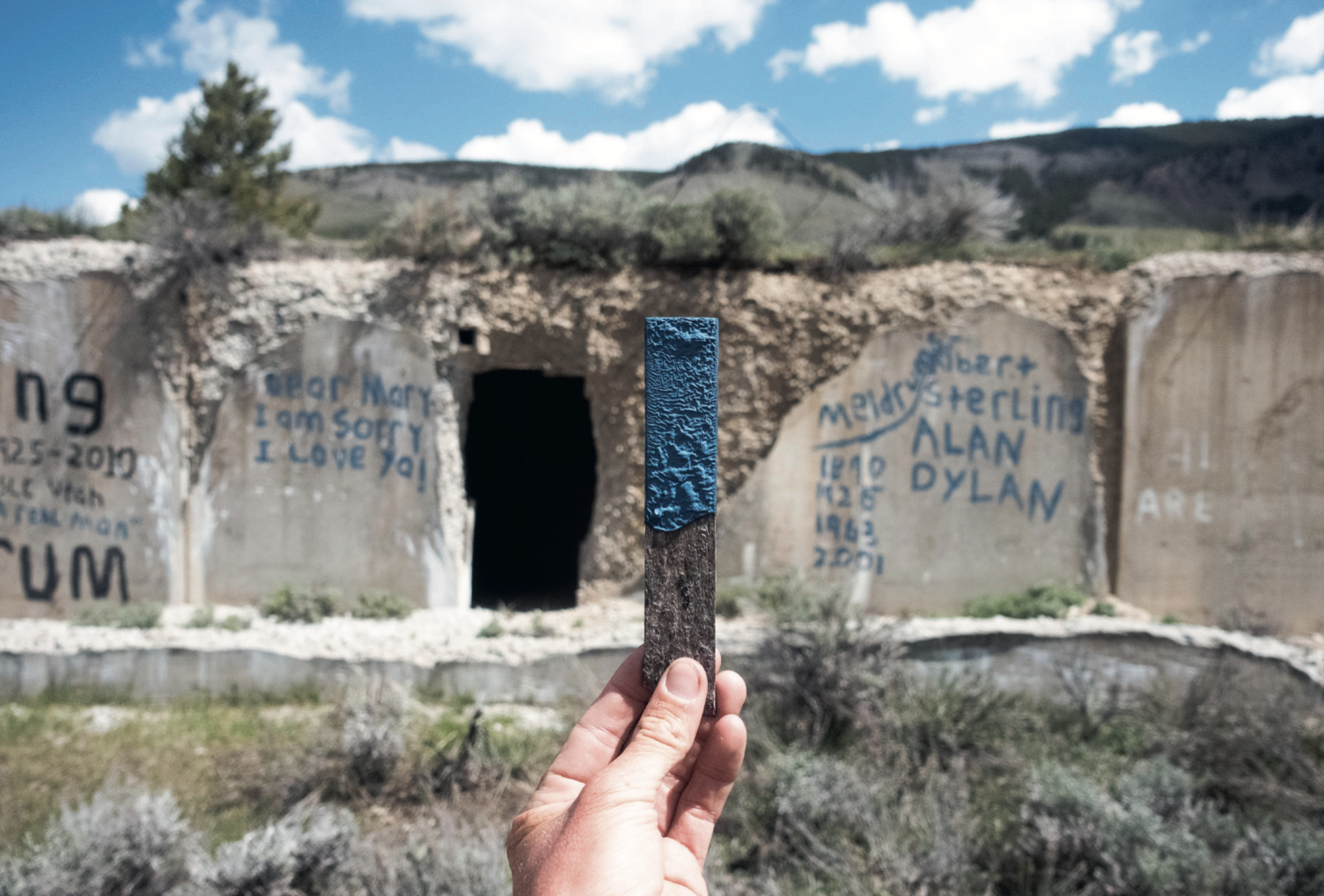
All photos by Rickey Gates, except portrait by LeRoy Grafe
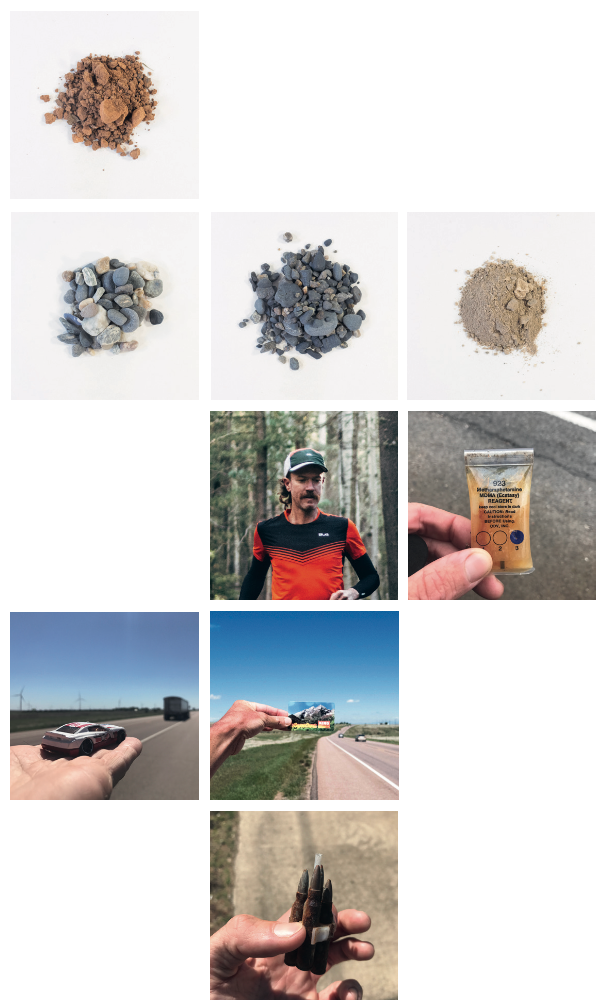
Graffiti is one of my favourite things to collect in cities,” Gates explains. It’s people leaving their mark. There’s so much we don’t see but this is my way of saying: ‘I see you.’”
Running can be a solitary pursuit. But our collections – whether stored under a bridge or in a set of jam jars, whether of safety pins and belt buckles or race bibs and dirt – are a communal act. They’re a volley in a conversation with others who have run before us, after us or alongside us.
They say: I was here. And you are here. And this is what I saw. Now you look.
